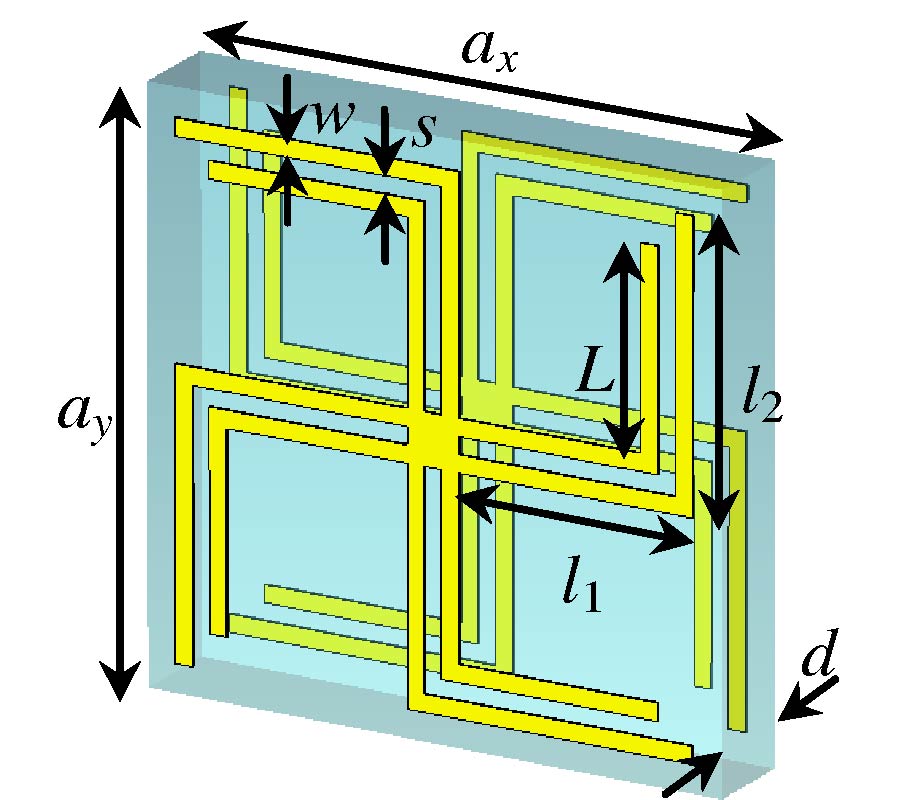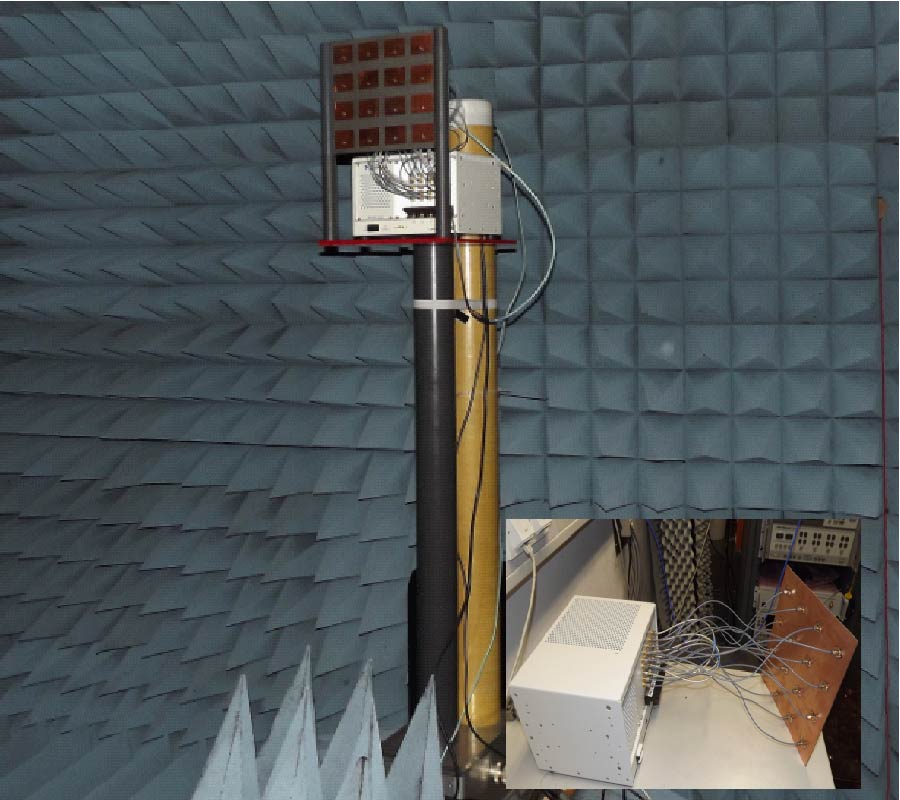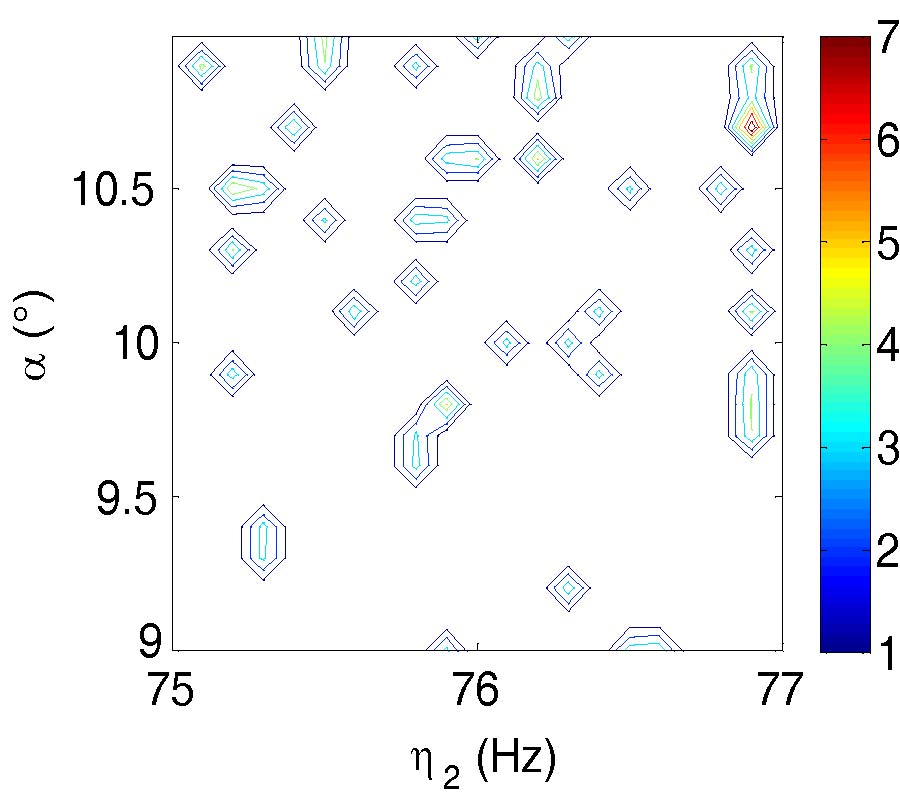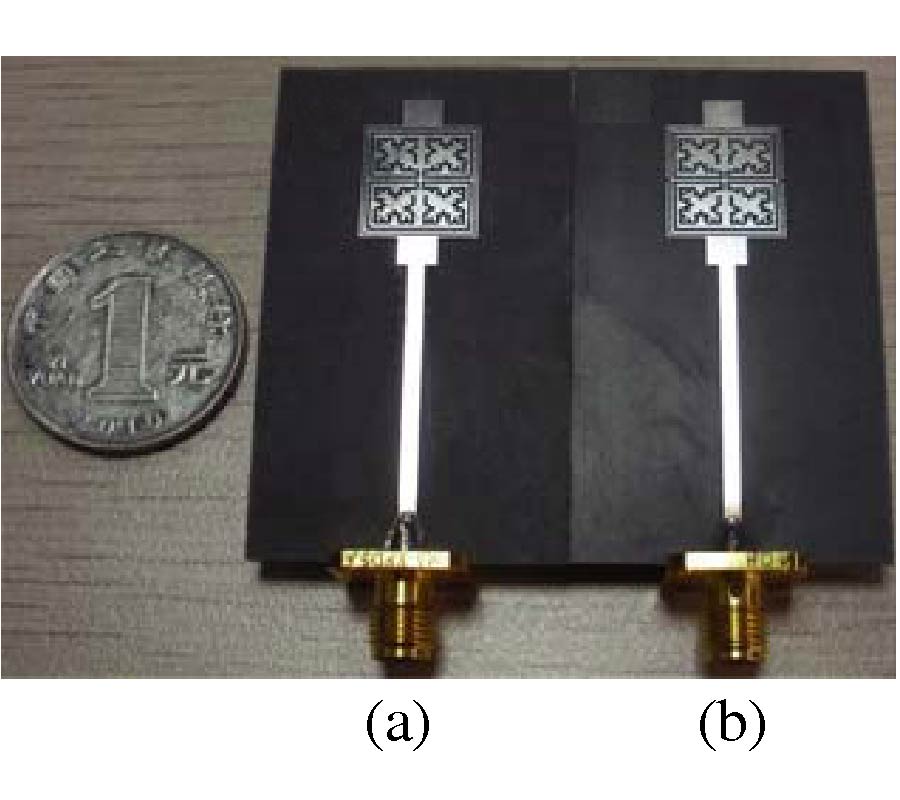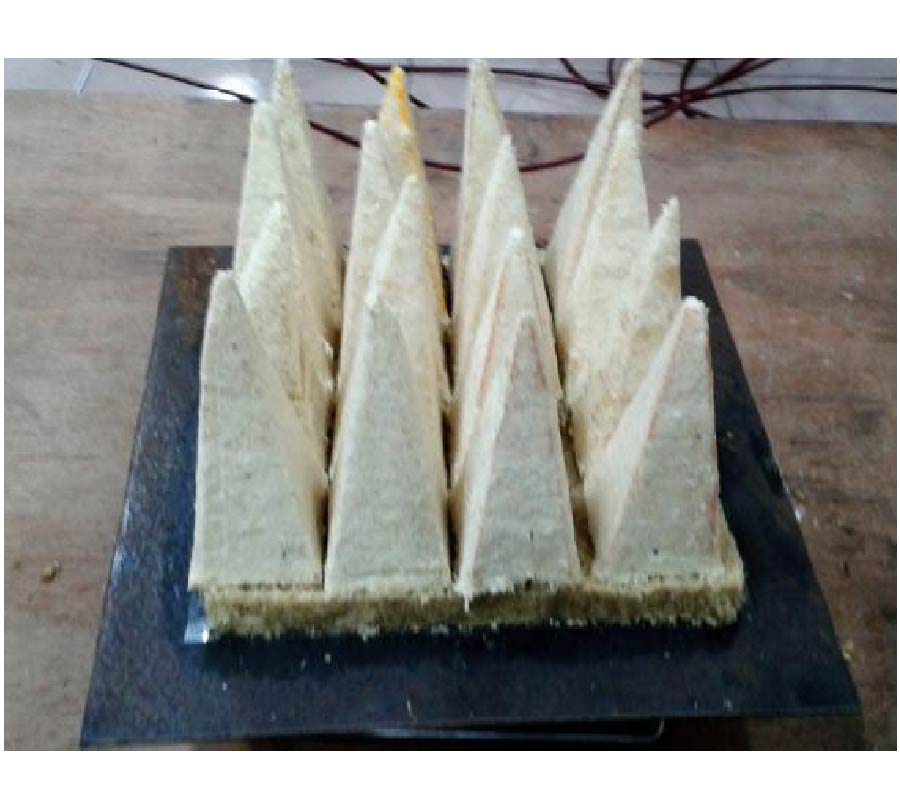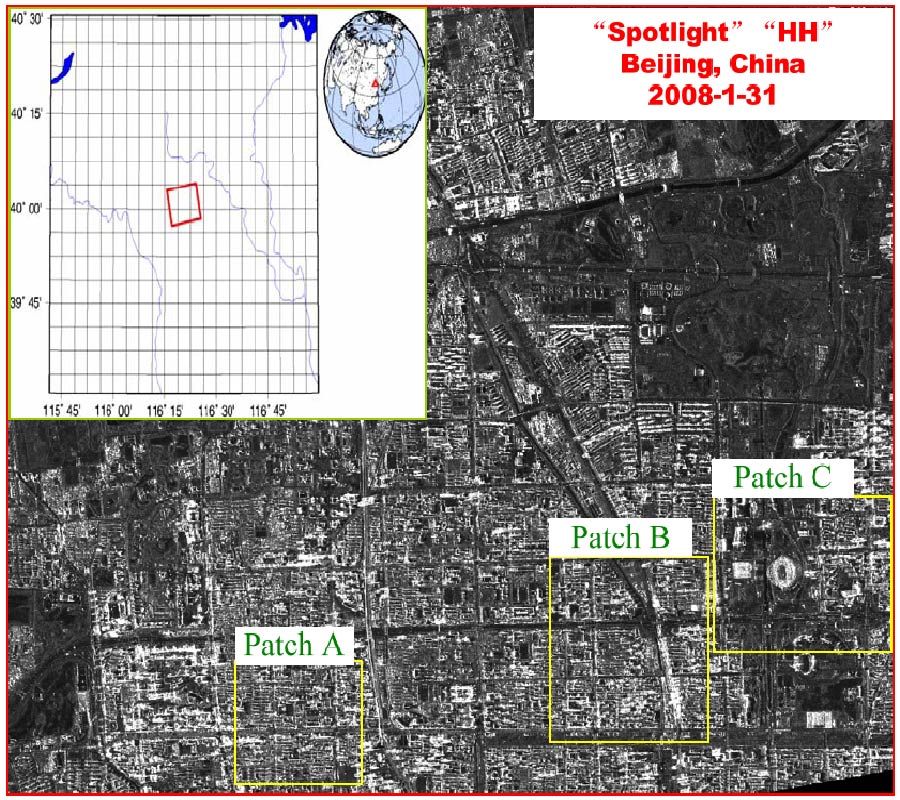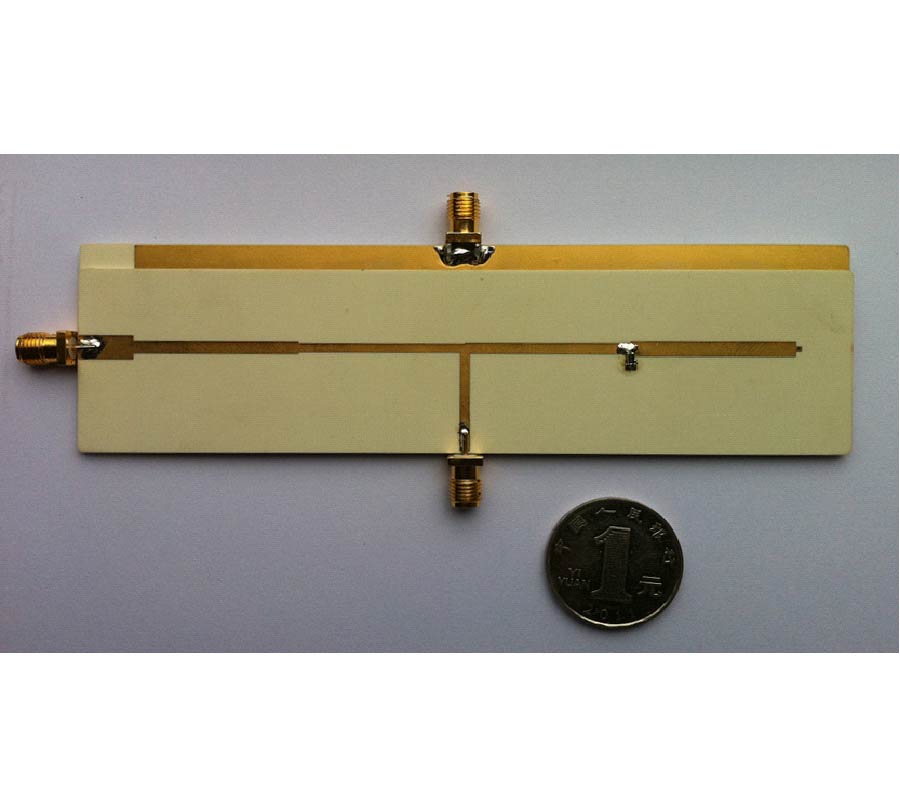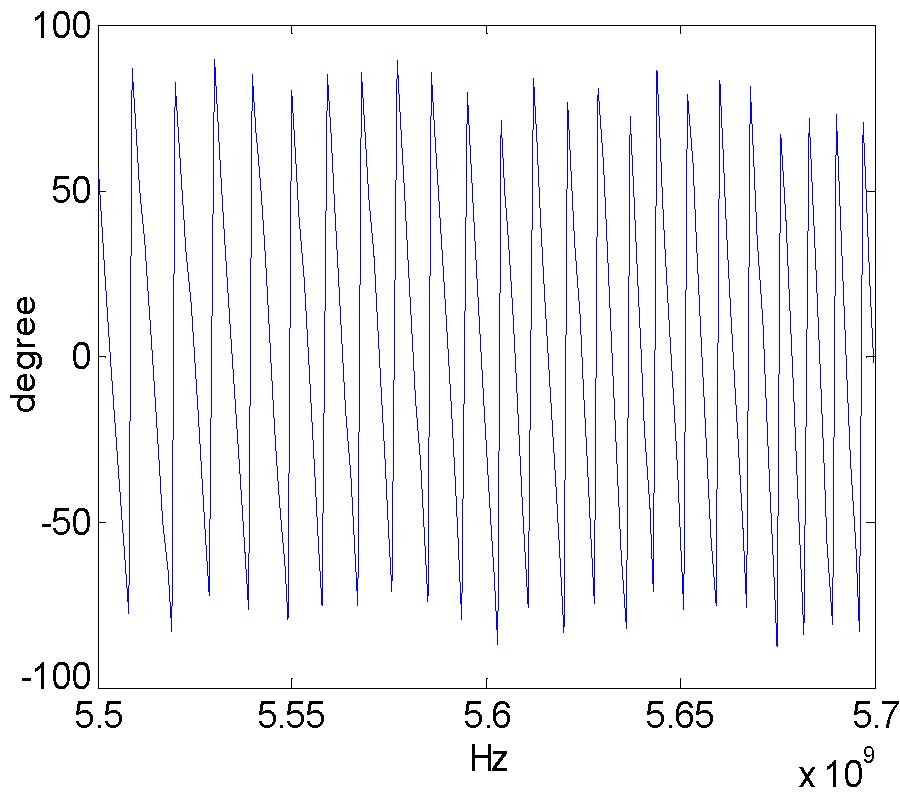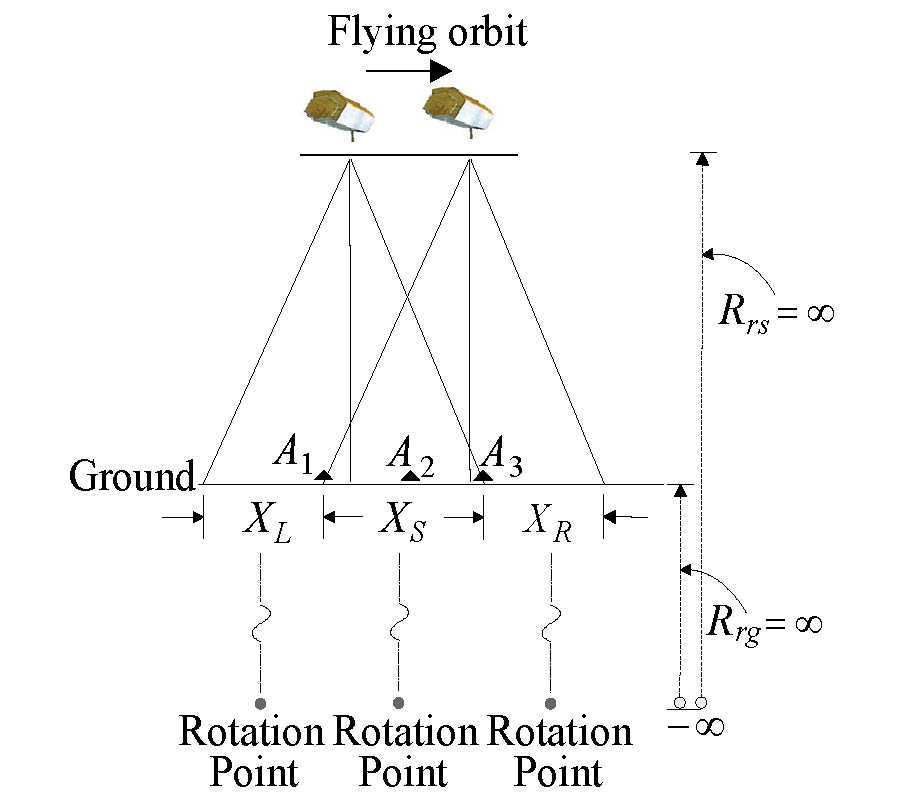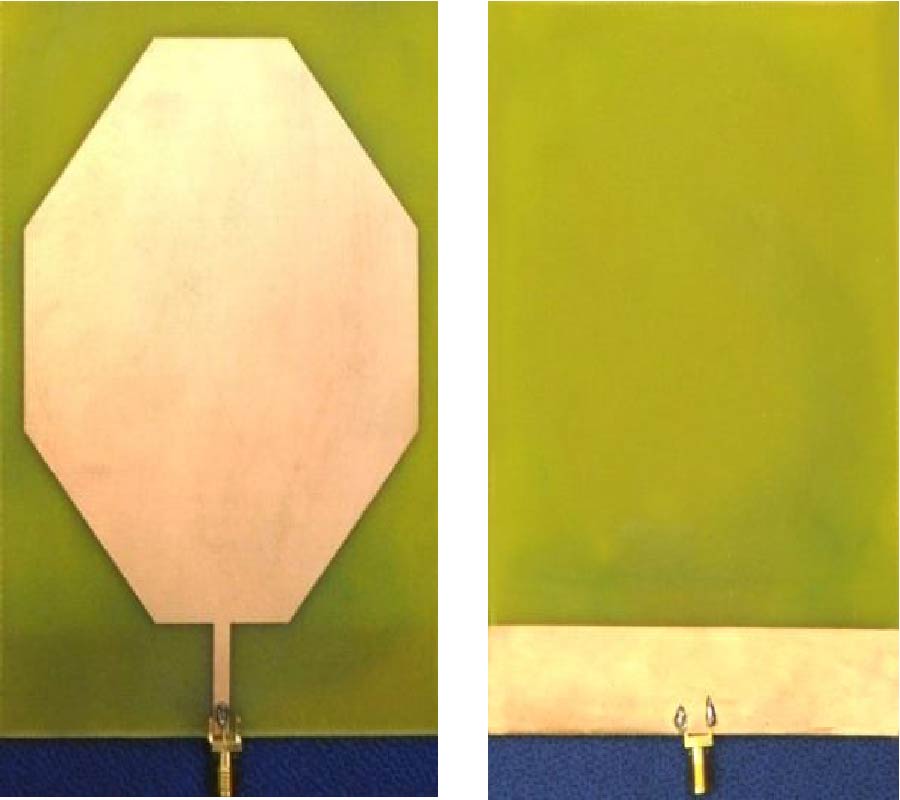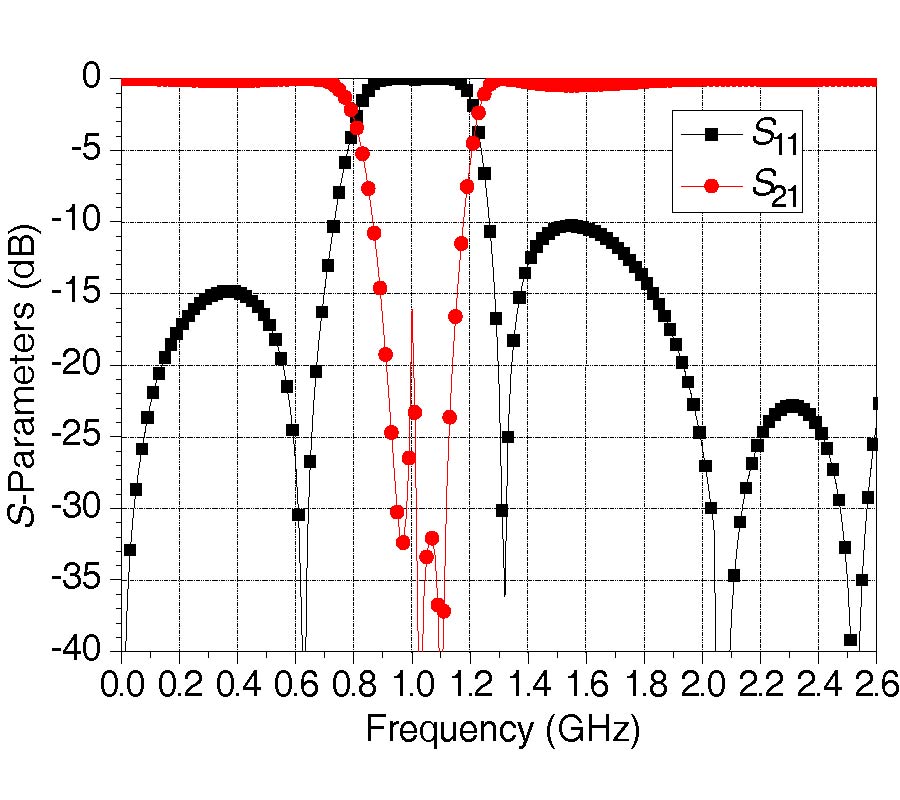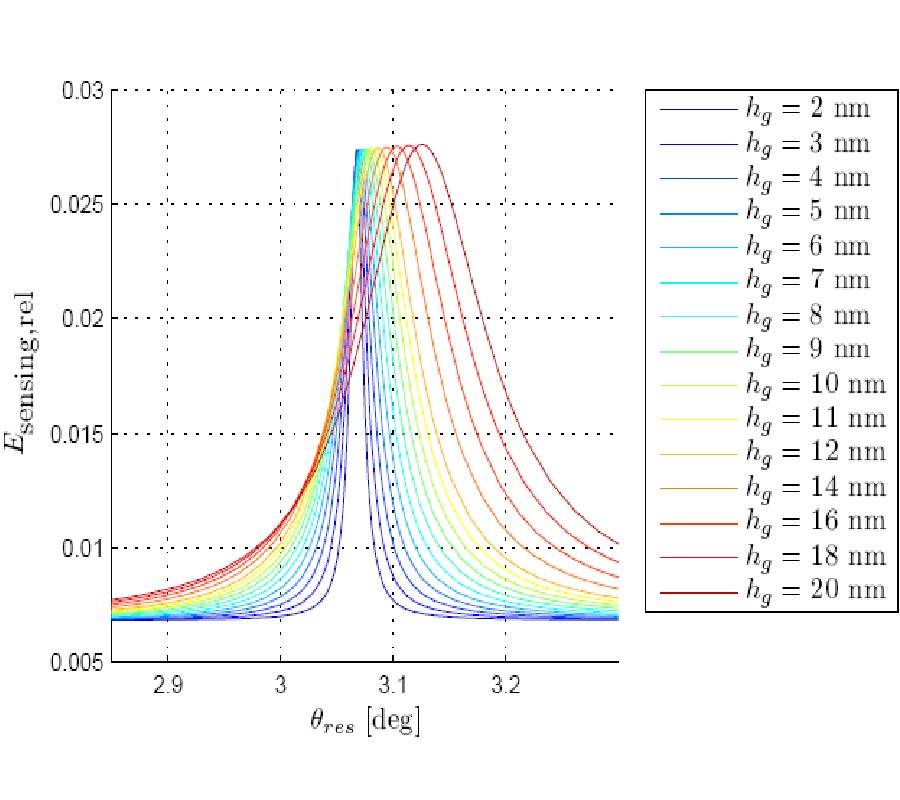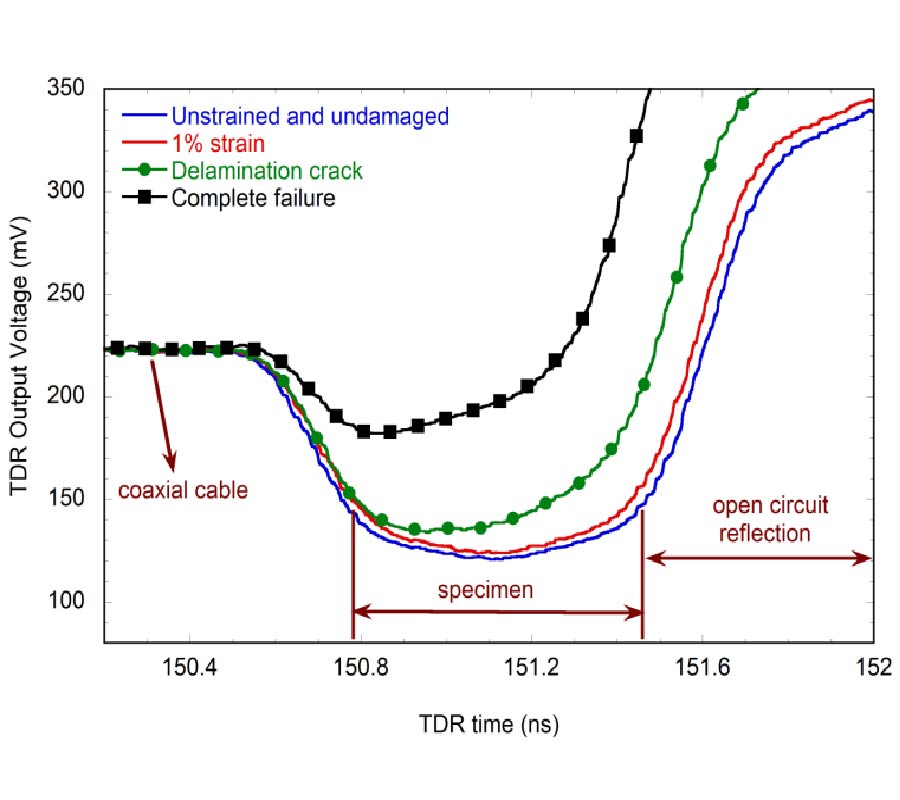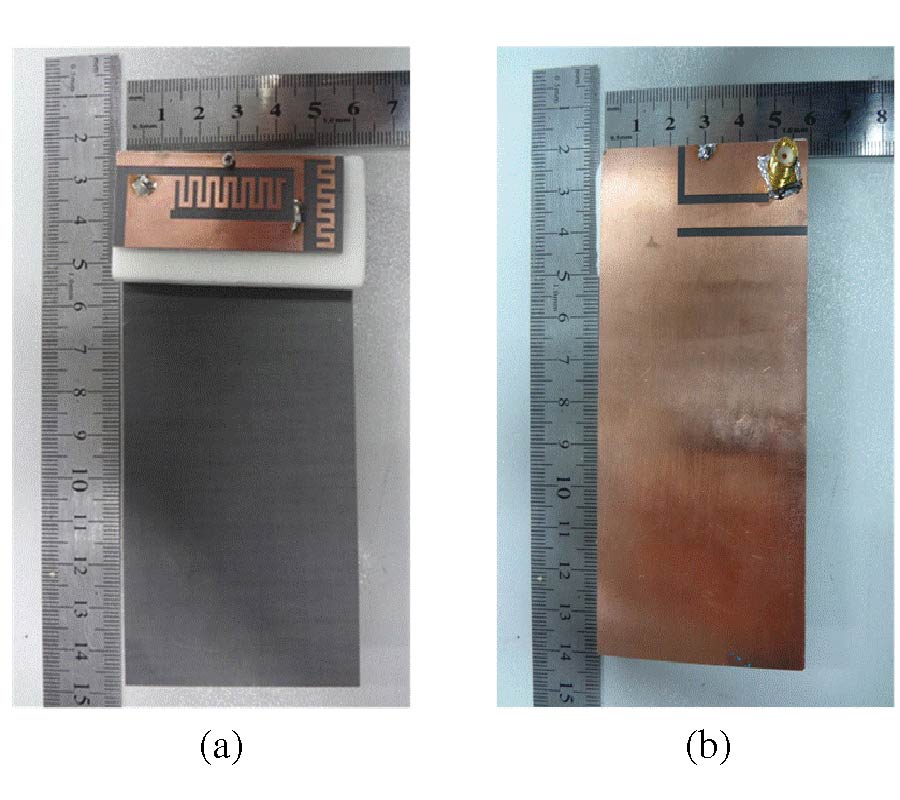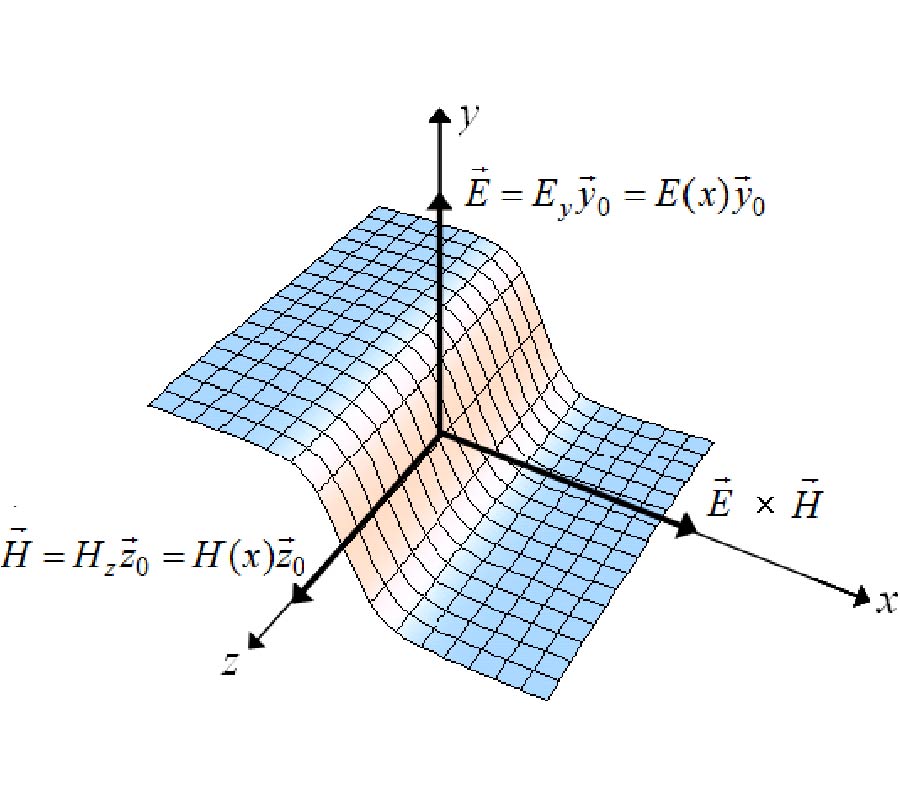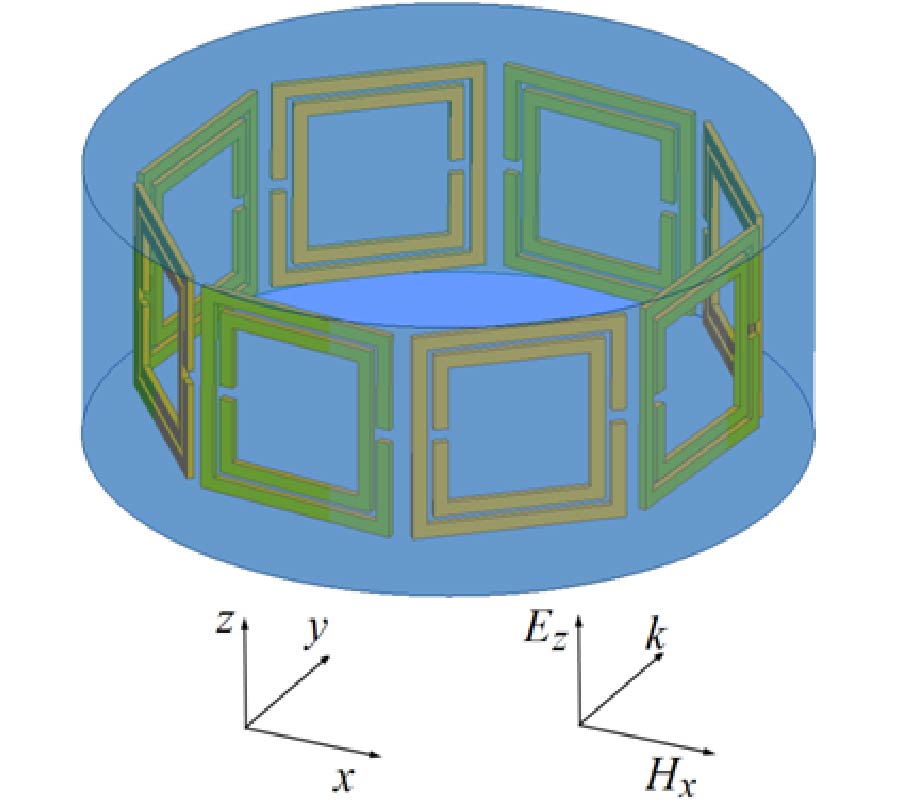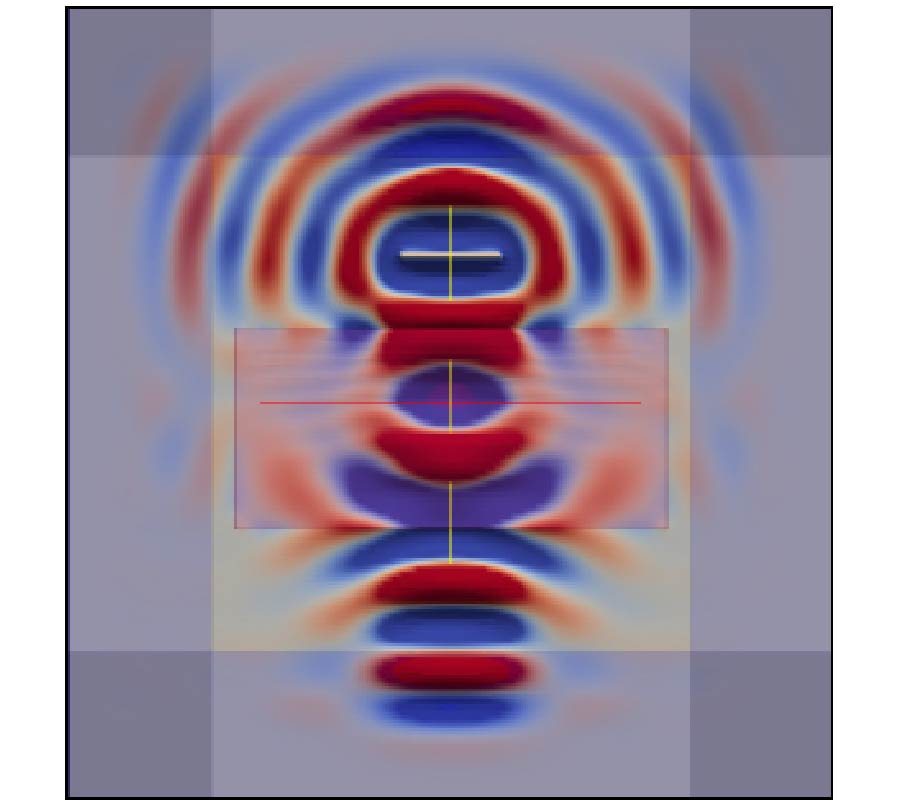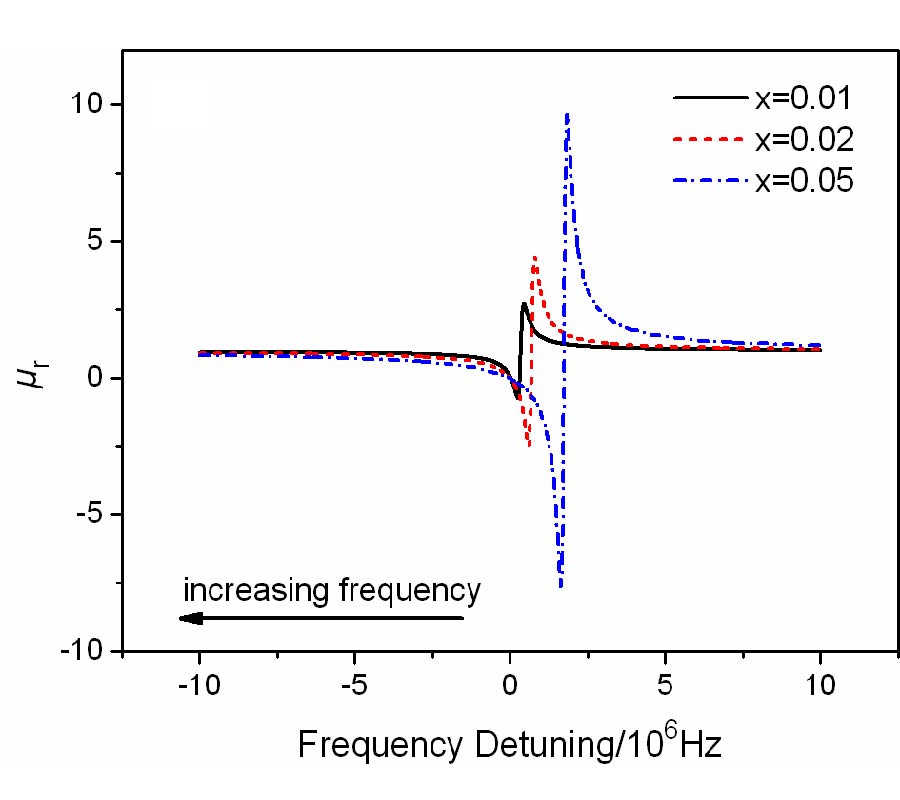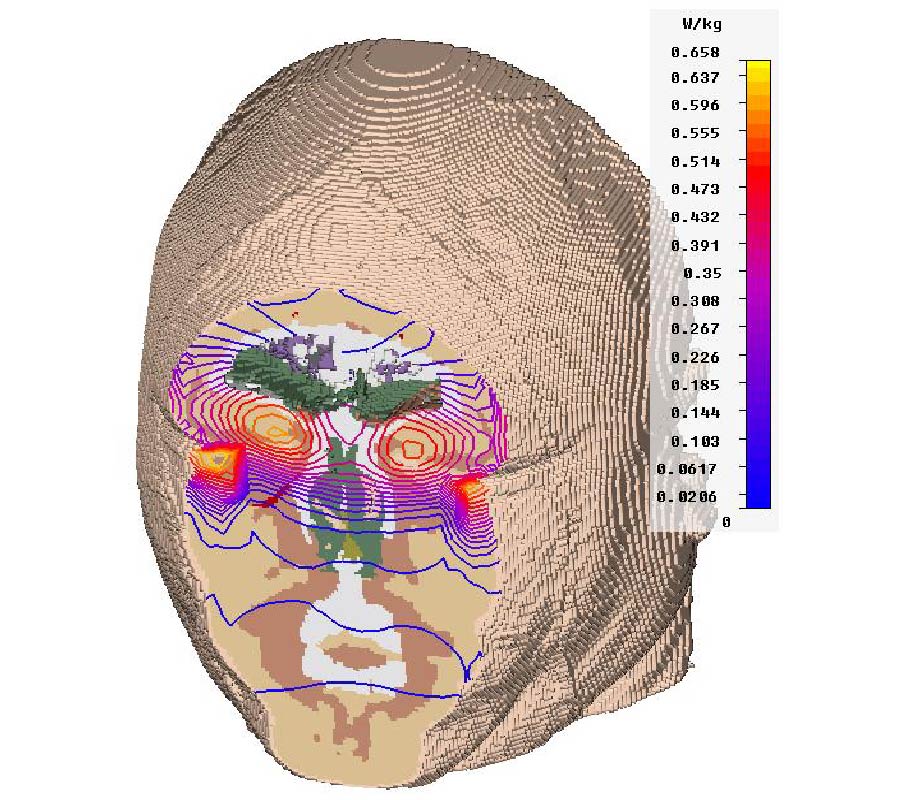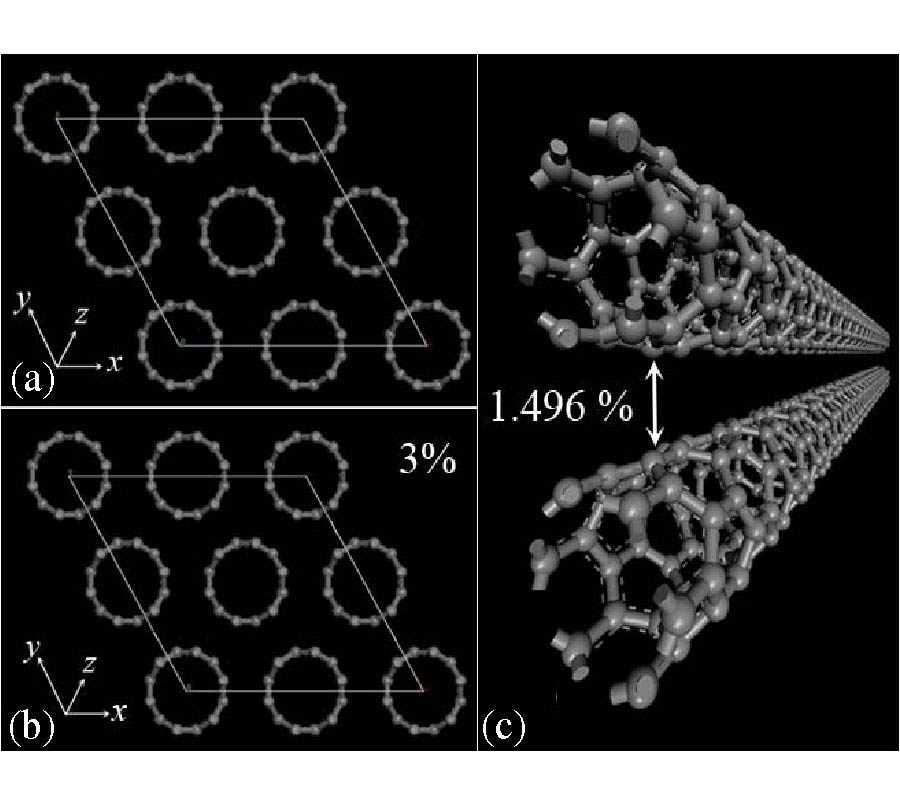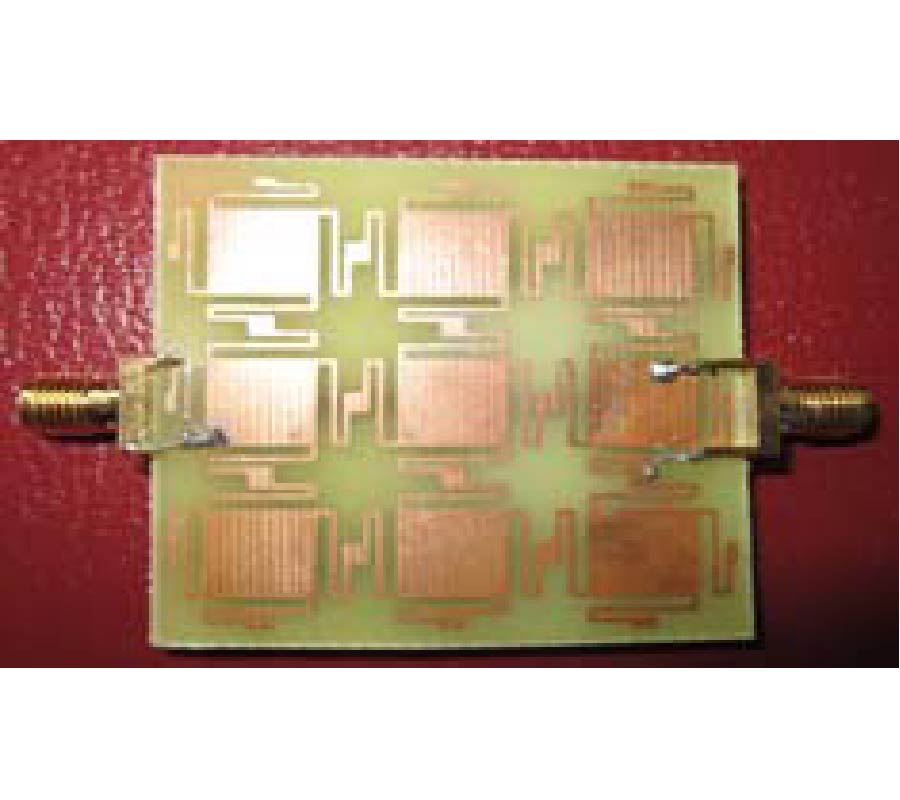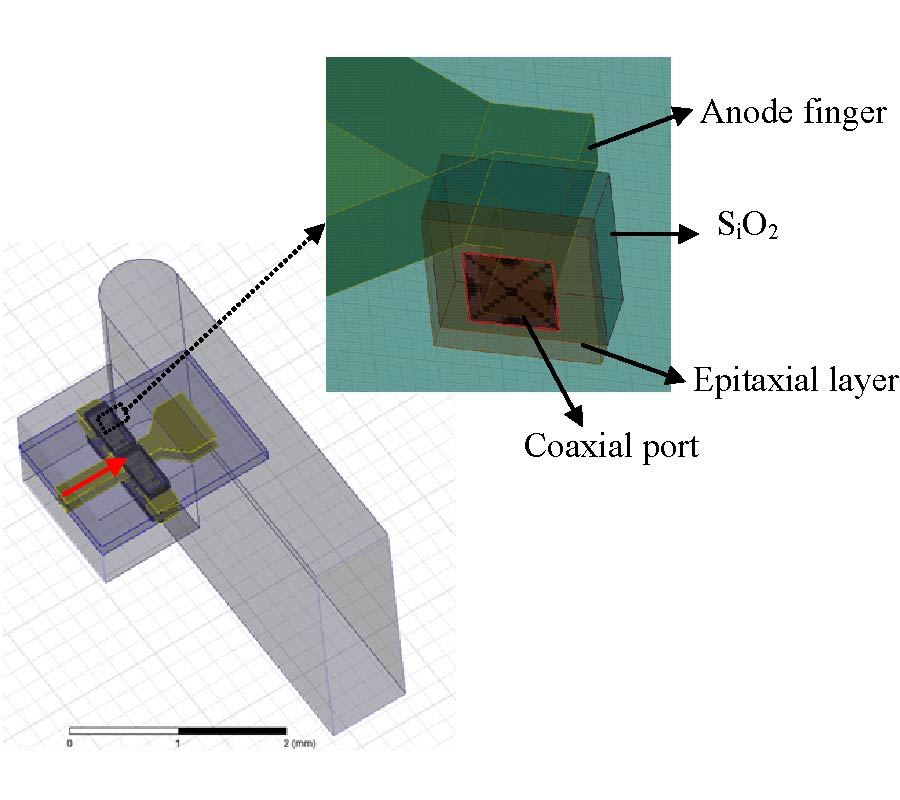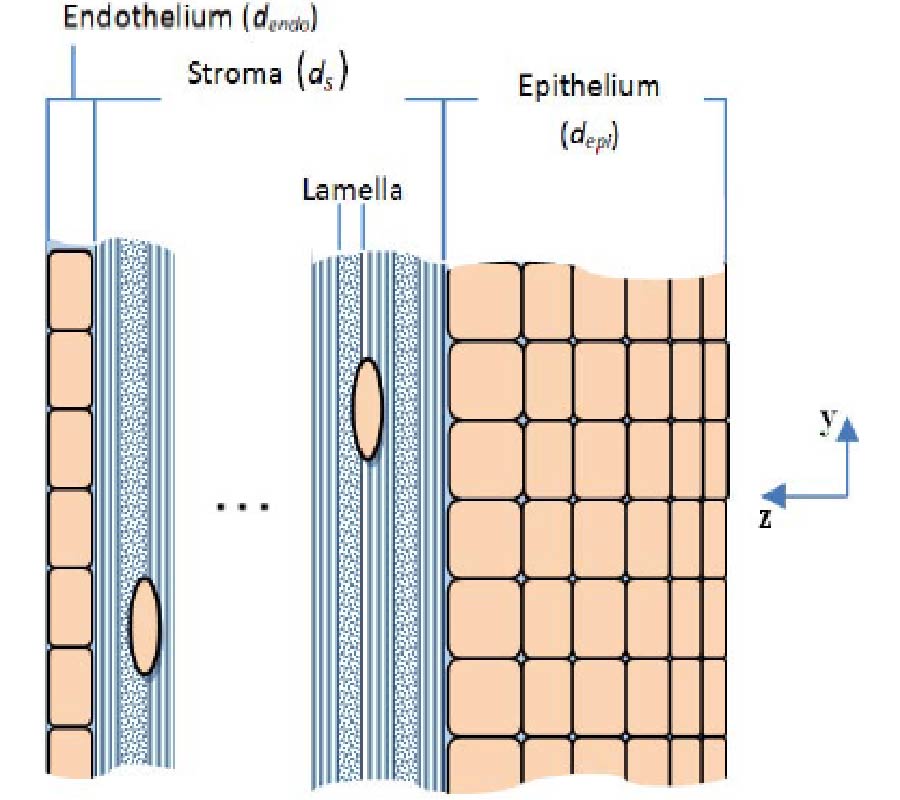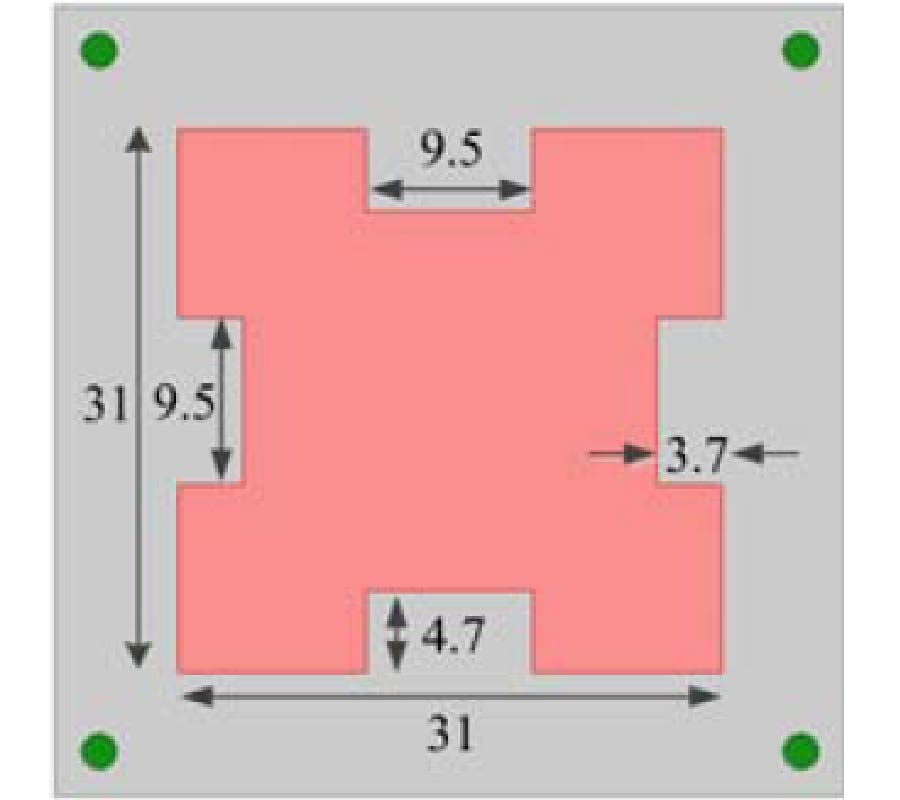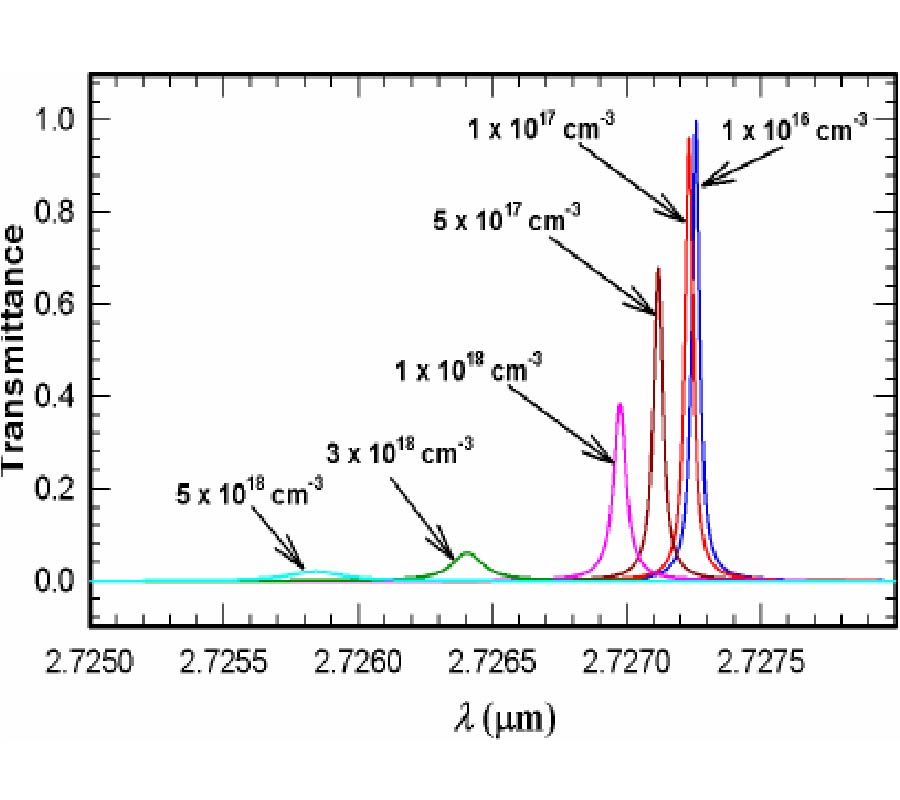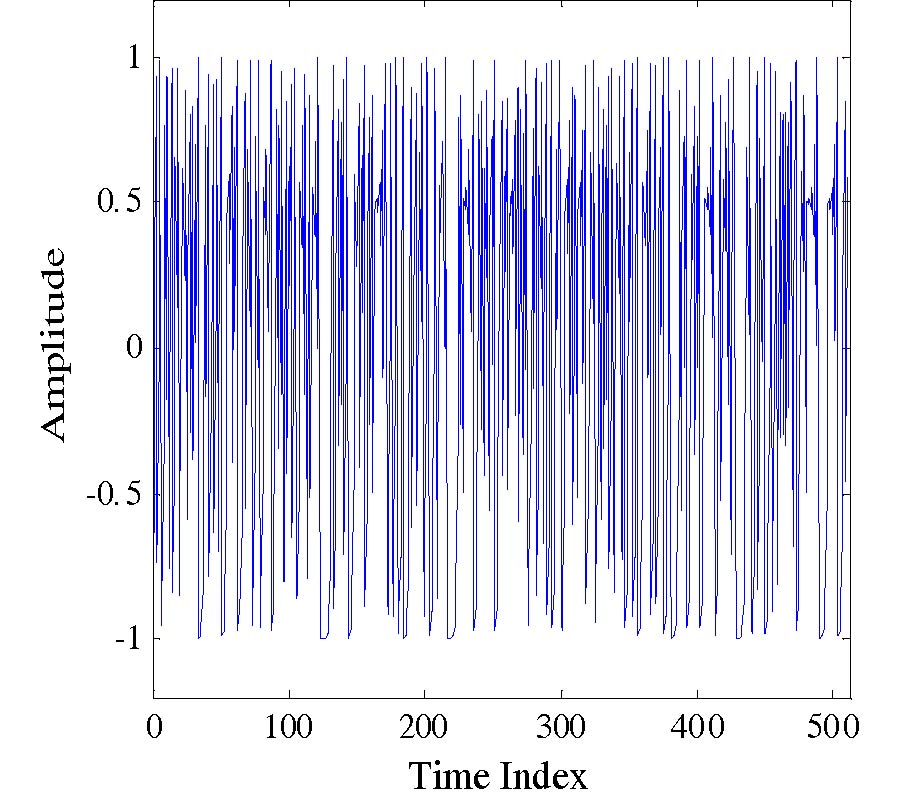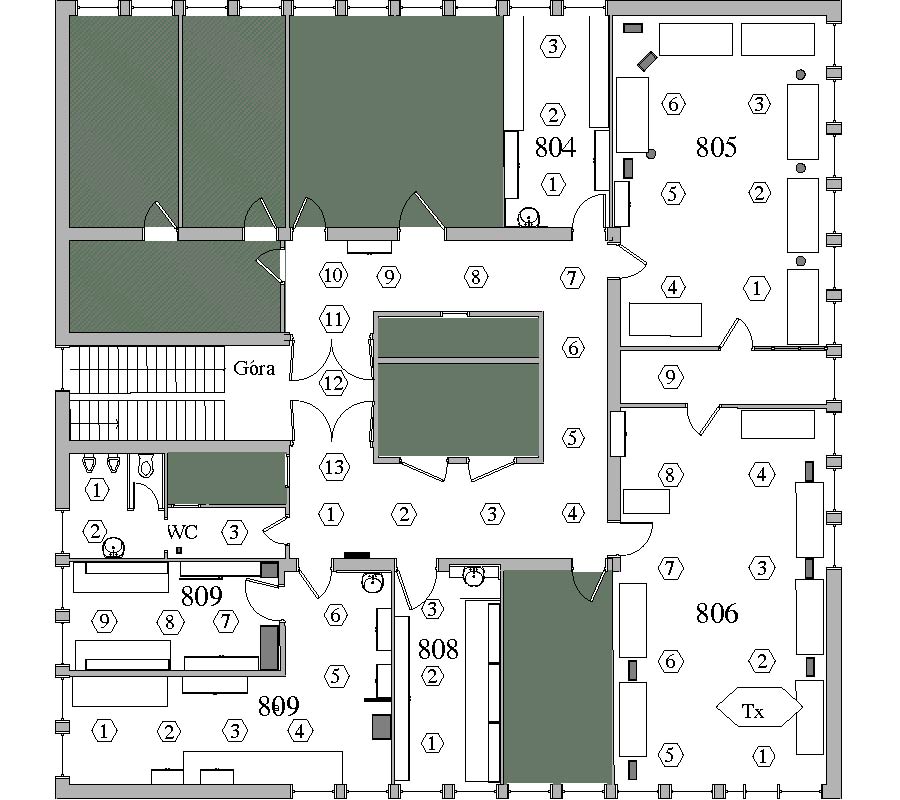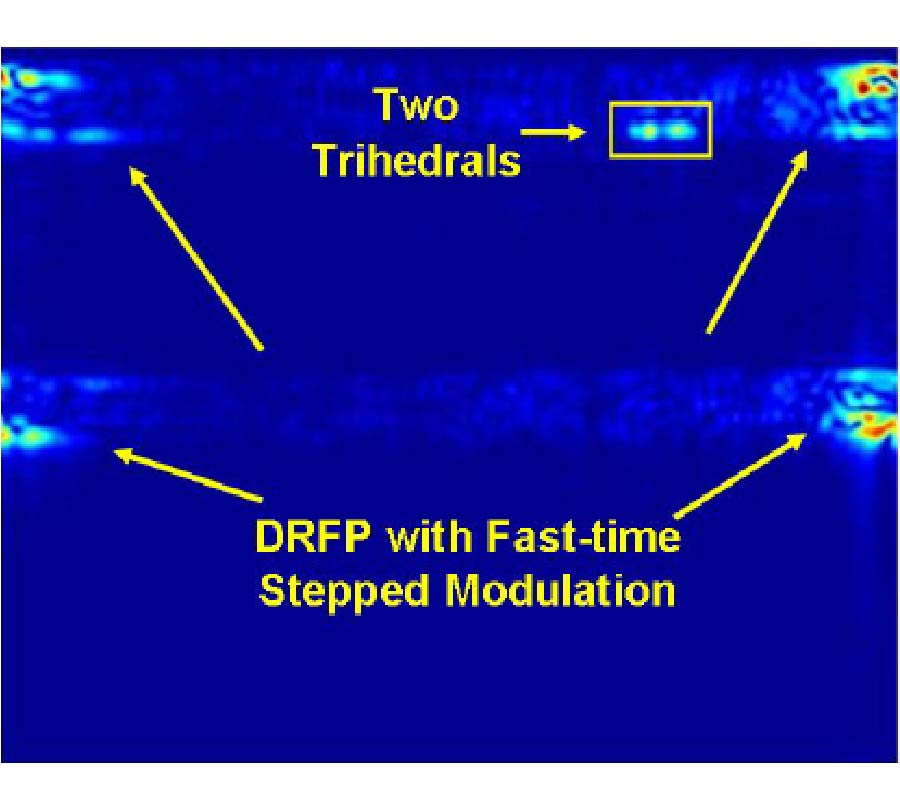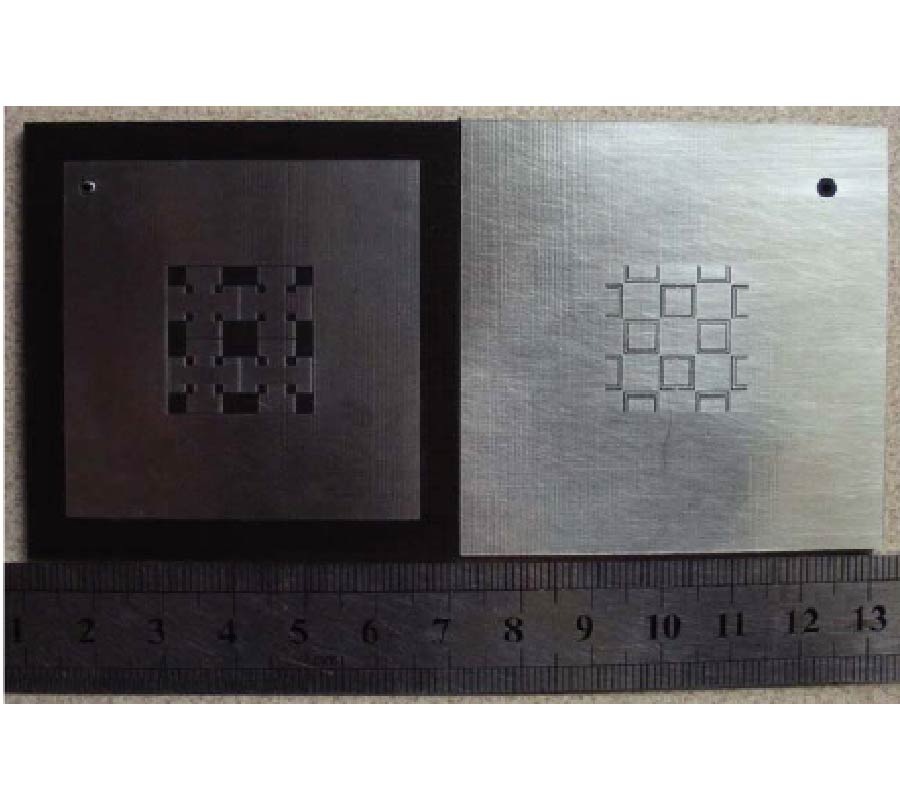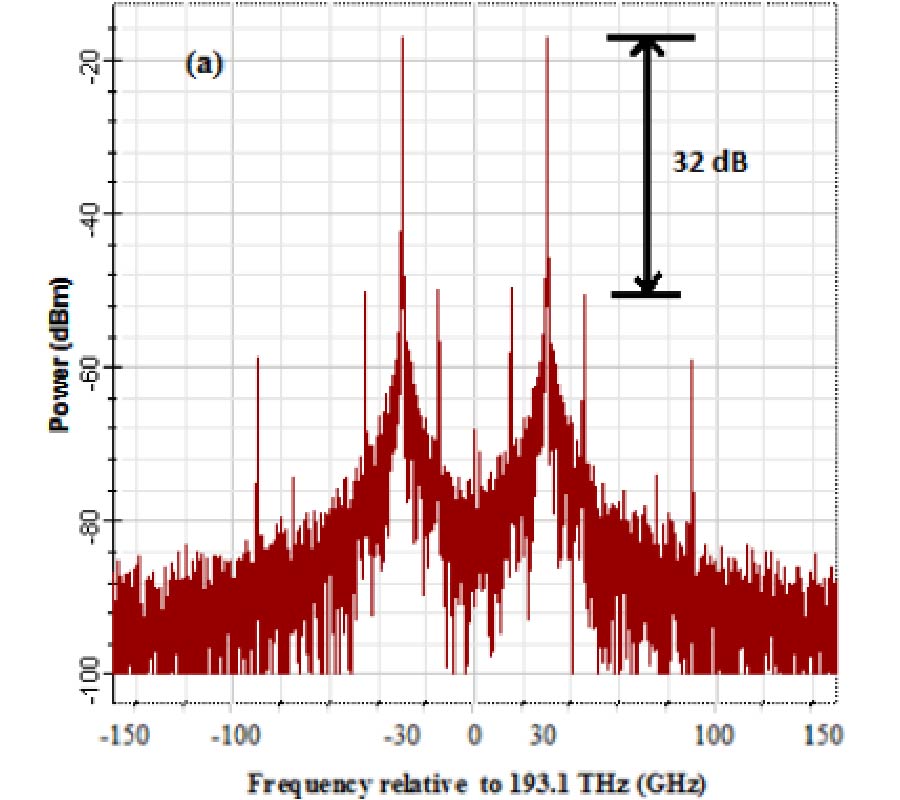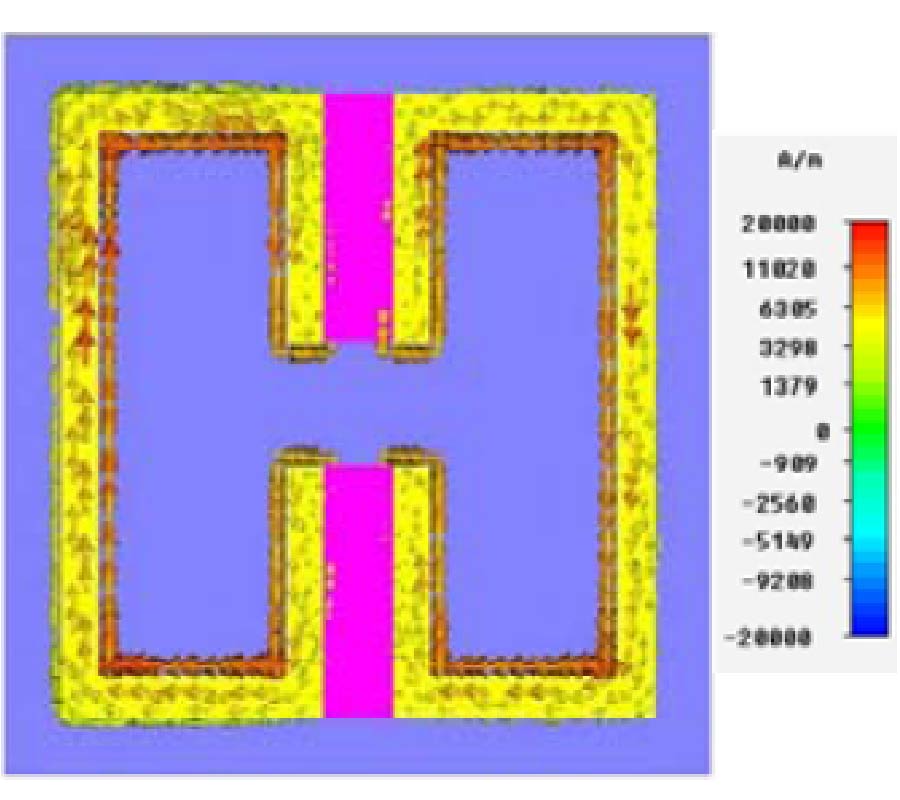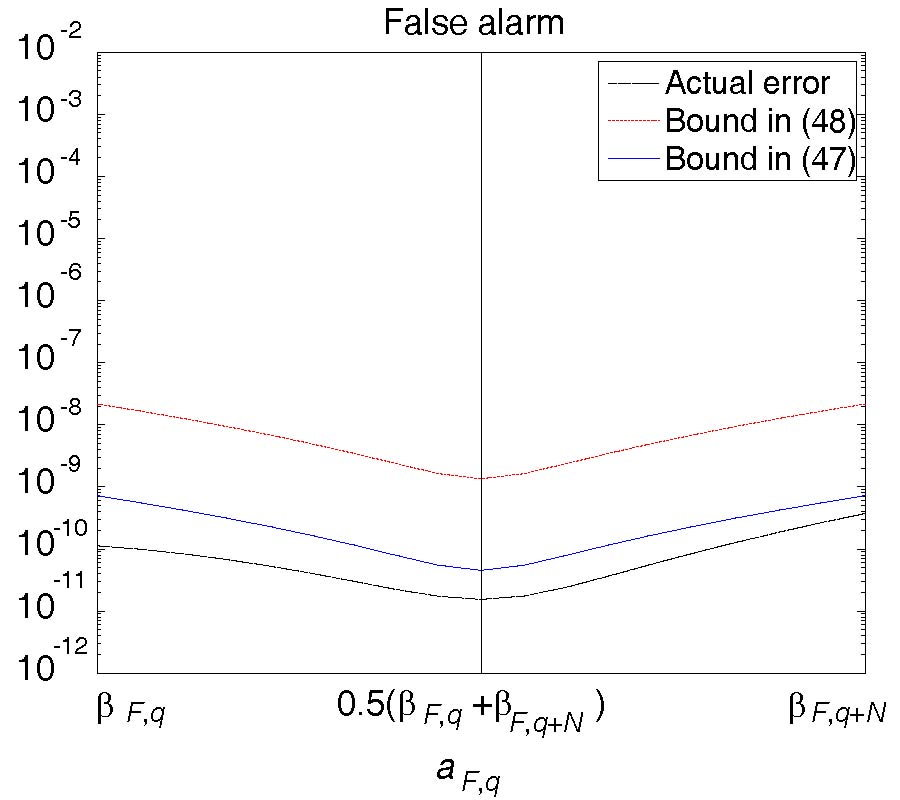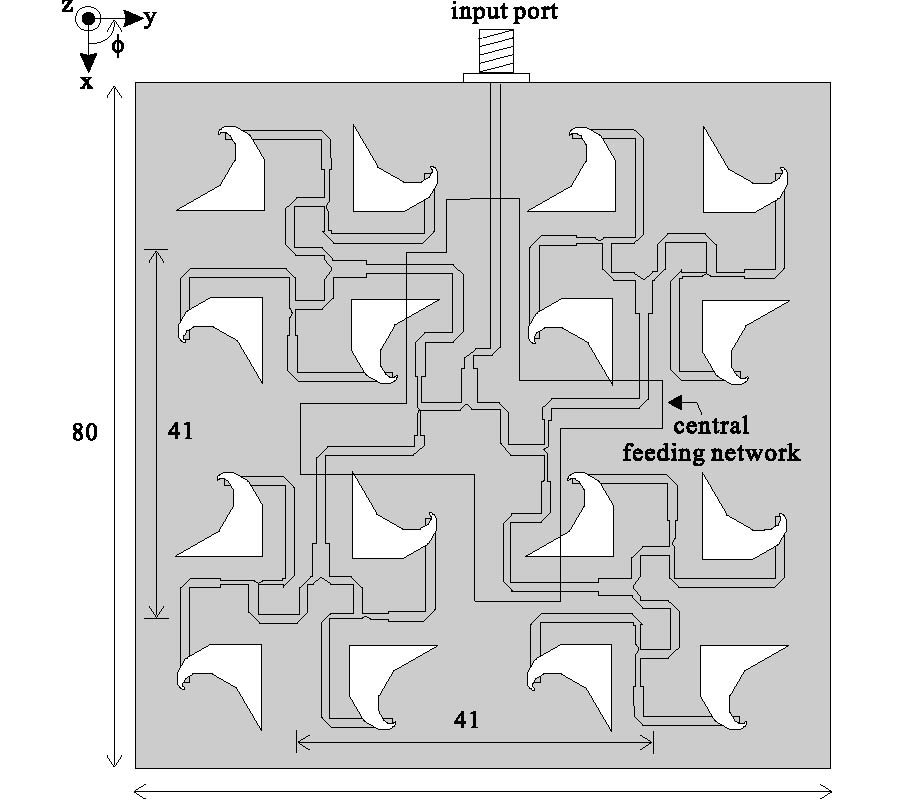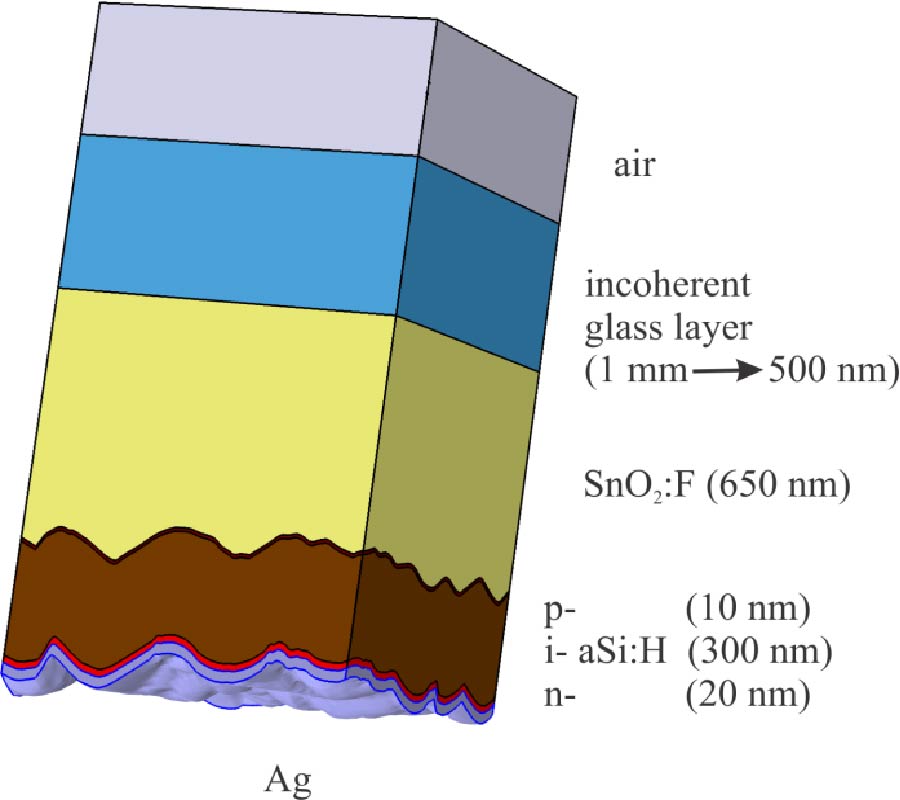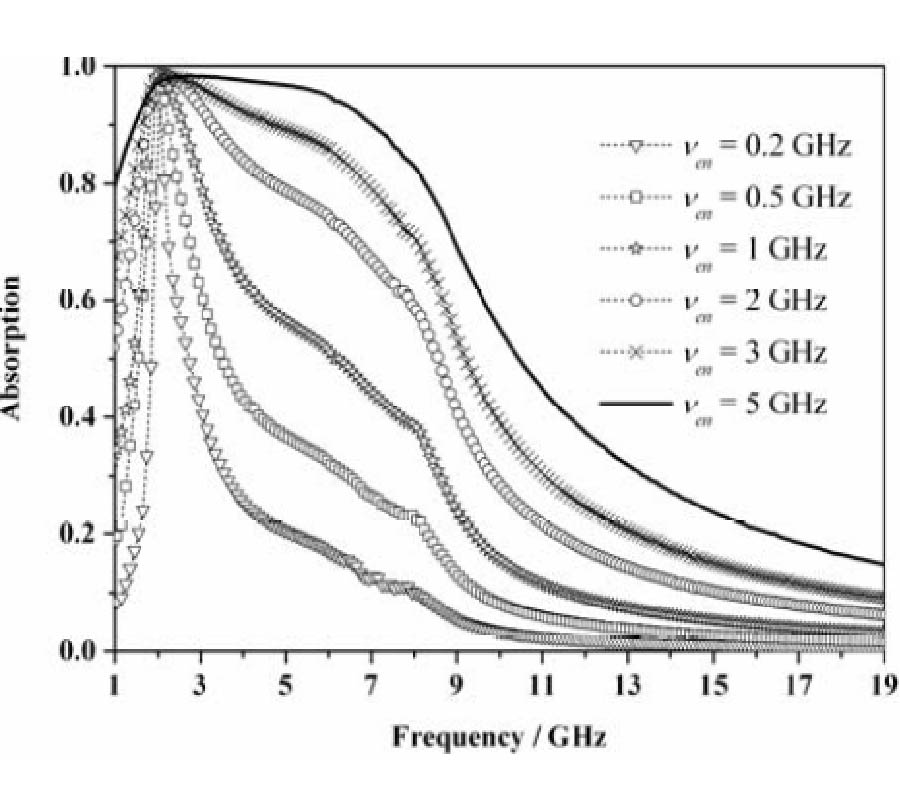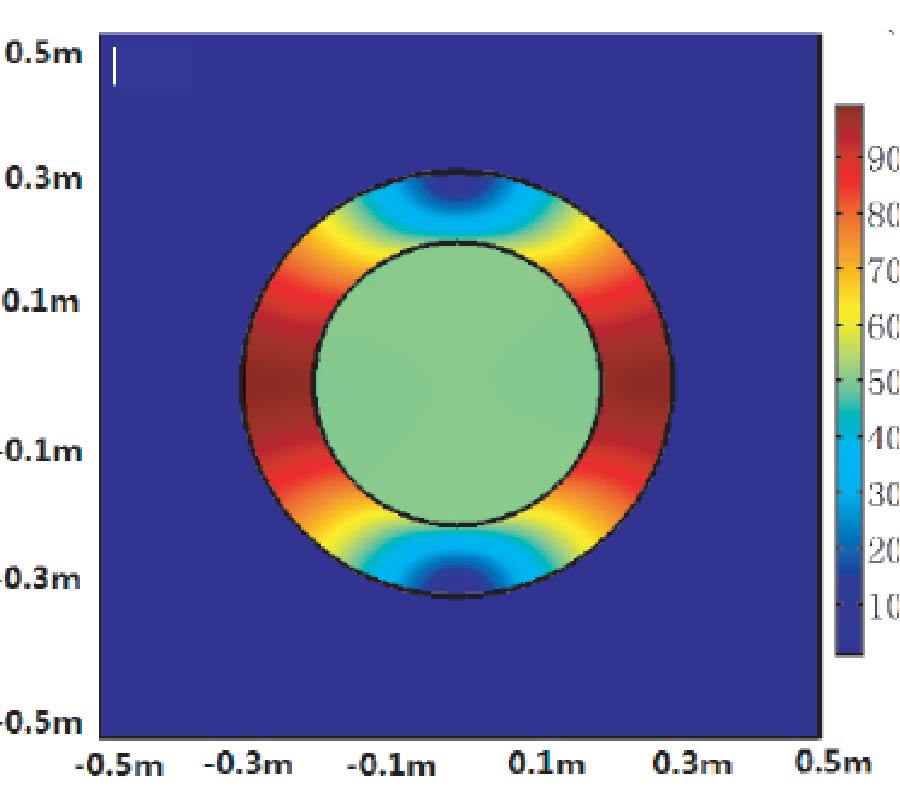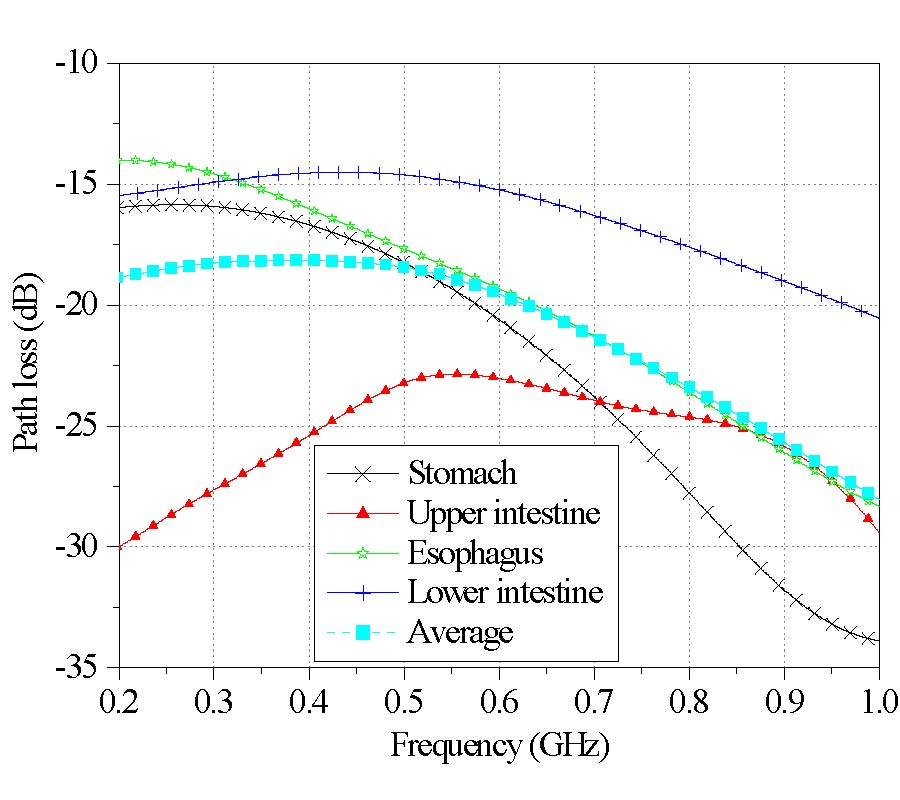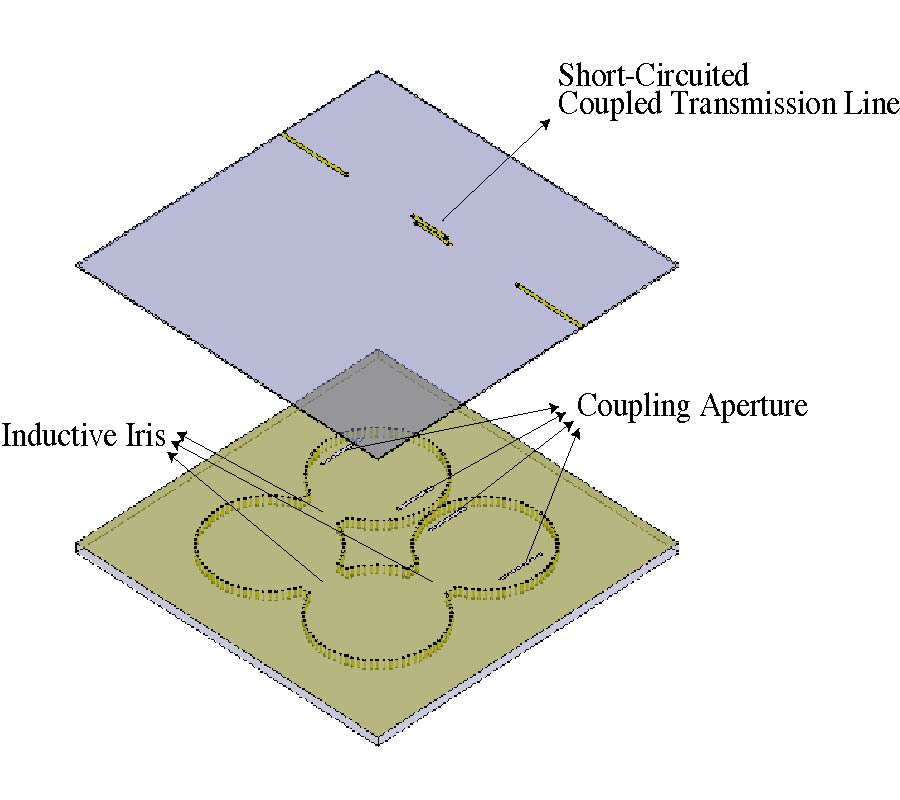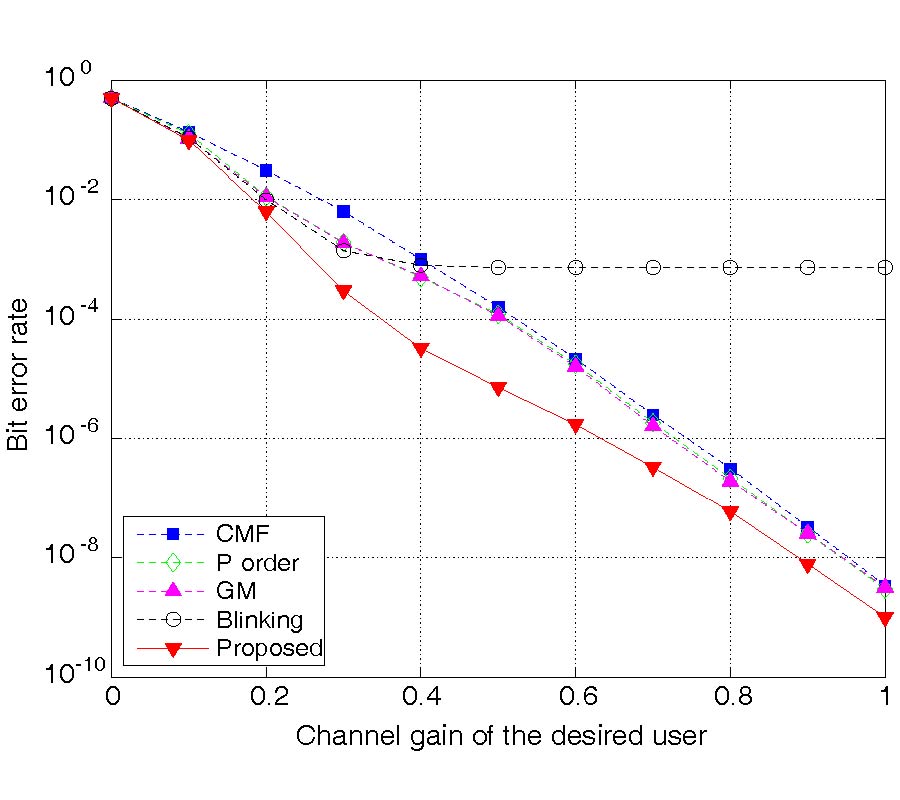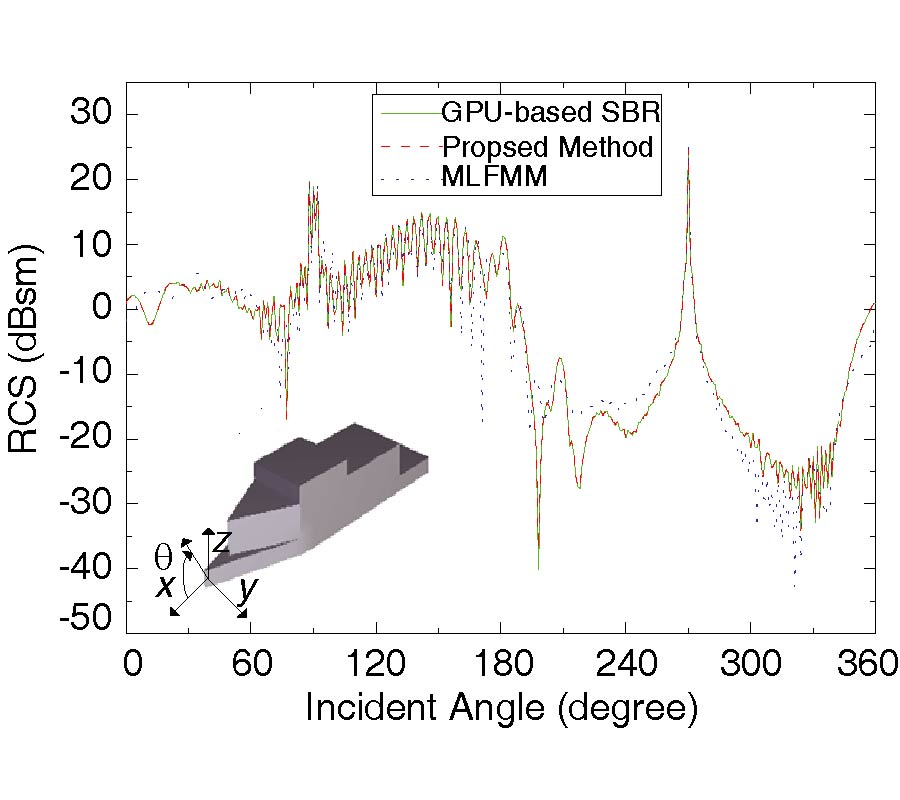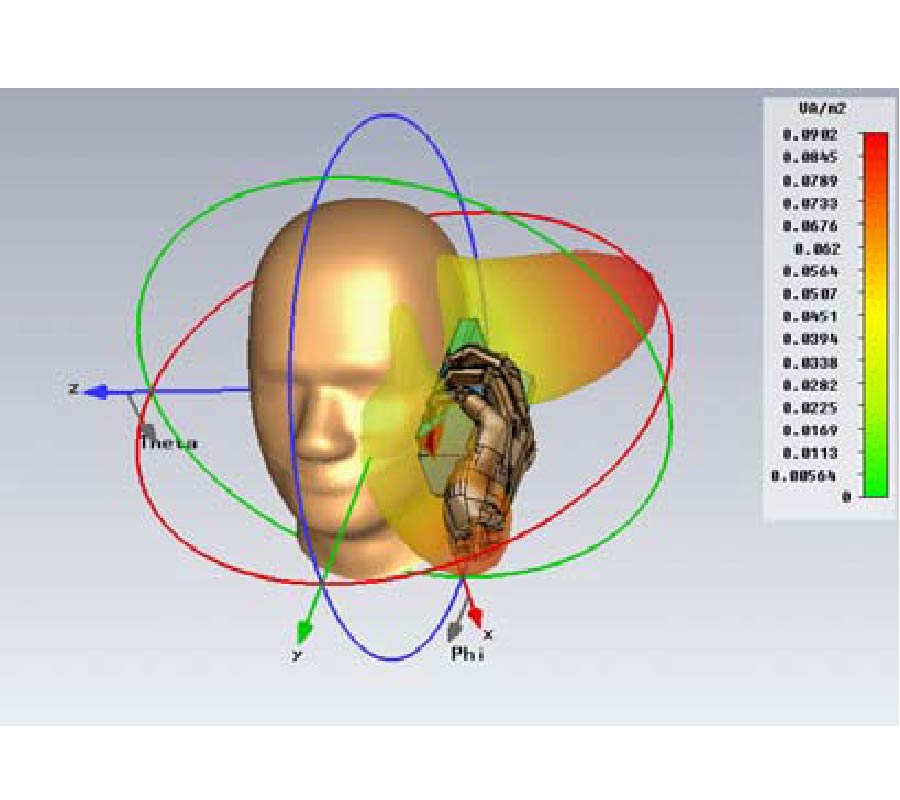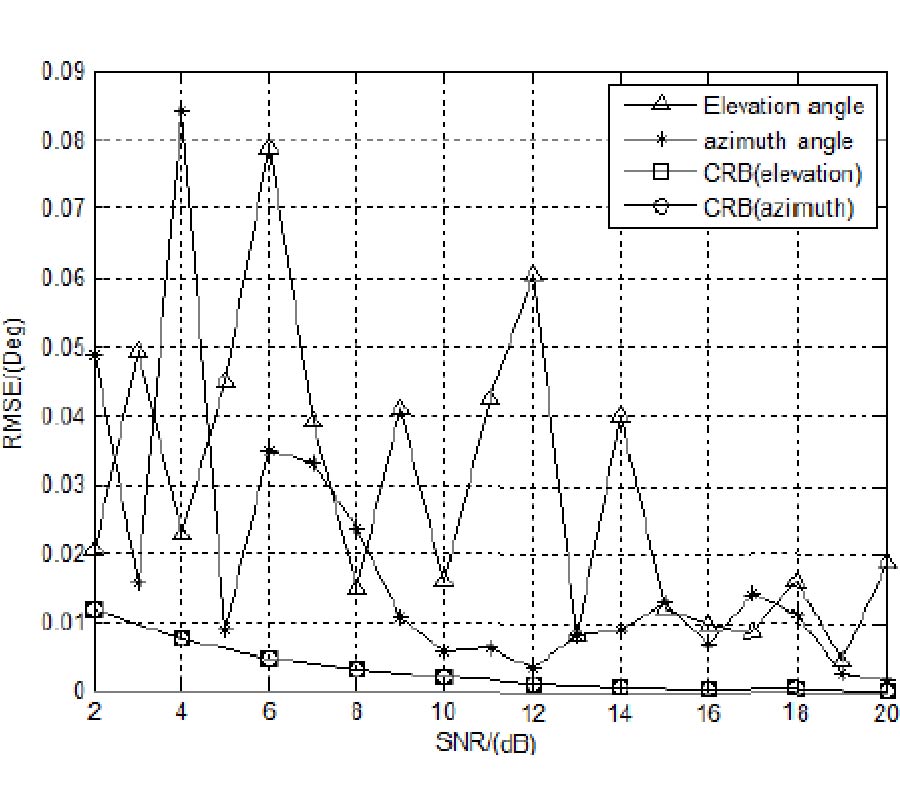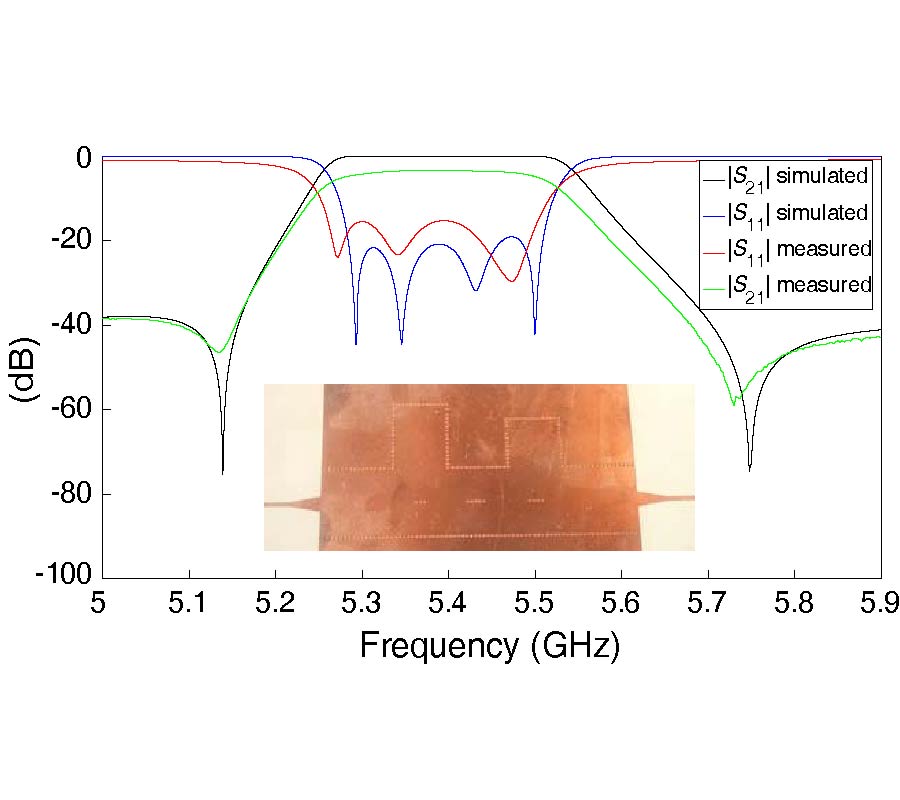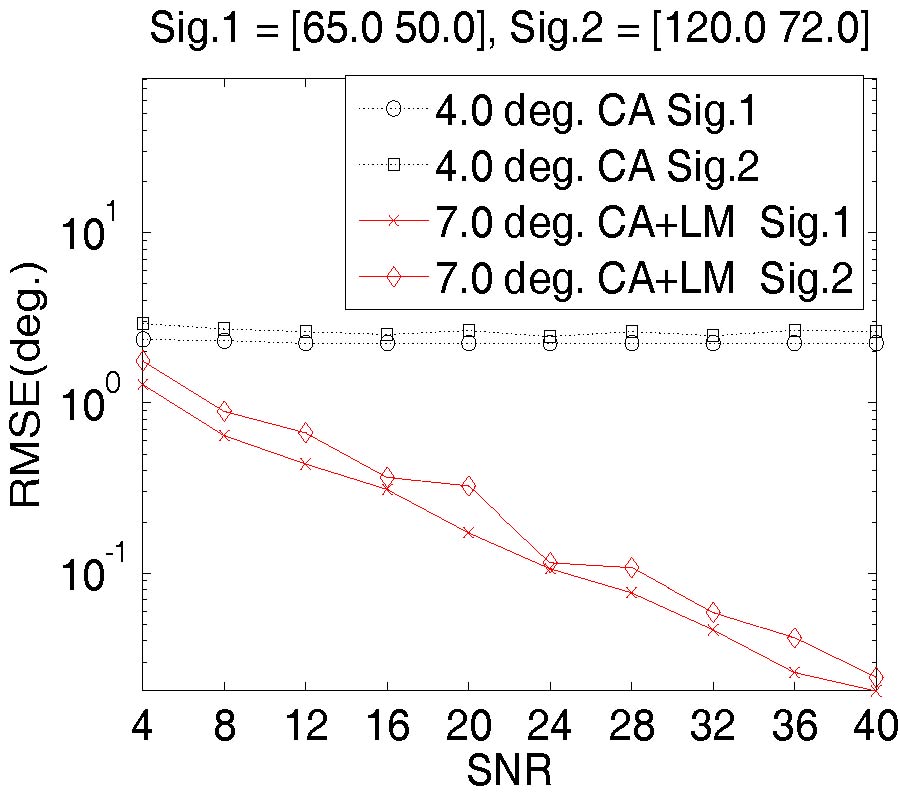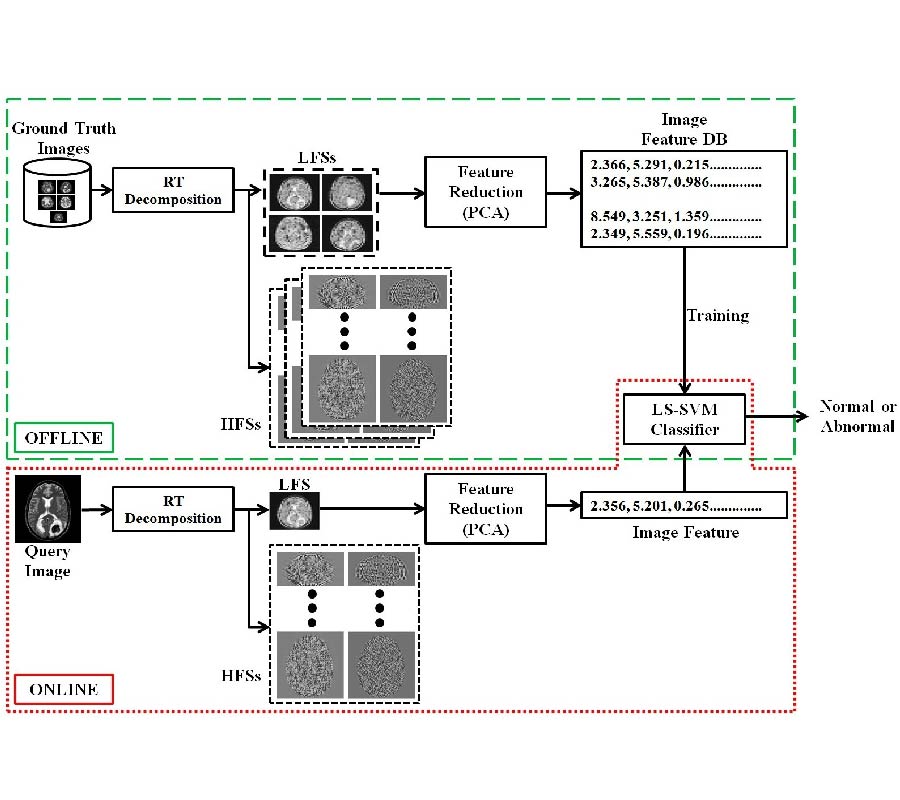A Novel, High-Speed Image Transmitter for Wireless Capsule Endoscopy
Md. Rubel Basar,
Mohd Fareq Bin Abd Malek,
Mohd Iskandar Mohd Saleh,
Mohd Shaharom Idris,
Khairudi Mohd Juni,
Azuwa Ali,
Nur Adyani Mohd Affendi and
Nuriziani Hussin
Wireless capsule endoscopy (WCE) was developed as a painless diagnostic tool for endoscopic examination of the gastrointestinal (GI) tract, but, to date, the low operating power of the capsule and the high data rate of the RF telemetry system are still key concerns. Innovative, novel solutions must be developed to address these concerns before WCE can be used extensively in clinical applications. In this paper, we propose a novel RF transmitter for WCE applications that only requires 1.5 V to transmit the required data as opposed to using a DC power supply. Our proposed, direct-conversion transmitter system consists of a current reuse oscillator, an envelope filter, and an L-section matching network. The oscillator is powered by the transmitting data which keep the oscillator in turned on and off for the transmitting 1 and 0 bit respectively and results in the on-off keying (OOK) of the modulated signal at the output of the oscillator. The rate of data transmission at the modulated signal is limited by the transient period of the oscillator start-up. When the start-up time of the oscillator is optimized, an OOK modulation rate of 100 Mb/s can be attained. In order to eliminate the oscillator decay noise, we used an envelope filter connected in series with the oscillator to filter out the decay part of the oscillation. Finally, the output impedance of the envelope filter is matched to the 50-Ω antenna with an L-section, low-pass, matching network to ensure maximum power transmission. The entire transmitter system was simulated in a 0.18-μm Complementary metal-oxide-semiconductor (CMOS) process.
